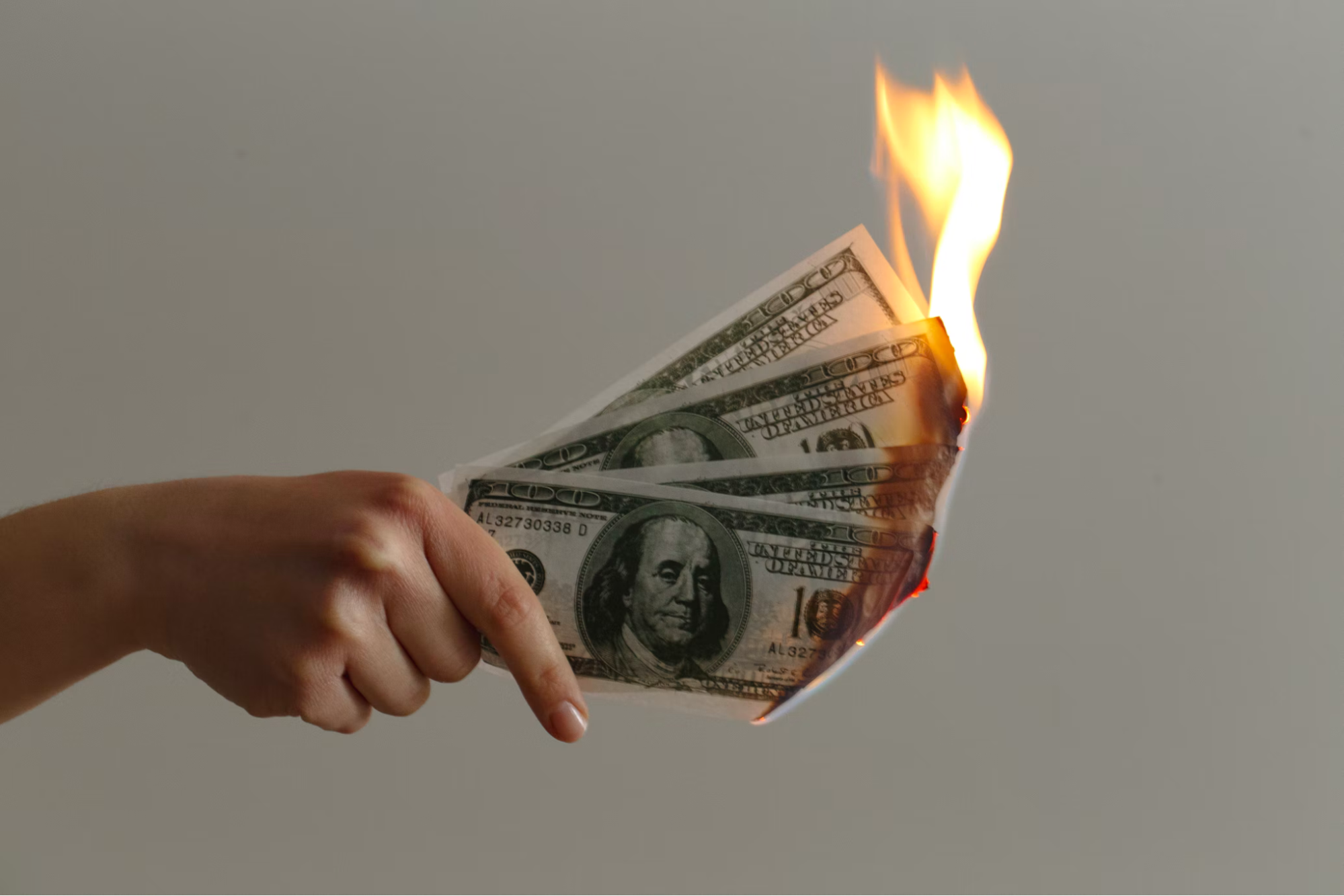During recessions, company leaders are forced to make tough decisions to correct for reduced sales and decreasing profit margins. While price reductions and excessive promotions are short-term solutions, they damage your company’s brand and long-term health.
Instead, consider the following 6 strategies to weather out recessions and thrive into the future.
Pricing Considerations During Recessions
The following 6 strategies are some of the best for boosting sales during economic downturns.
Consideration 1: A Reminder: Cut Prices Last!
Many companies slash prices rapidly in an attempt to salvage customers or even gain new ones. While this can work in the short term, it ultimately damages future pricing. Customers become accustomed to these extremely low prices, and to rebound from there is challenging.
Further, companies may cut prices so much that they fail to make a profit. While price cuts have their place, they must be strategic and limited.
Instead of turning immediately to price reductions, look for other ways to recoup costs. More on that next.
Consideration 2: Keep Building Your Brand
Your company’s brand is essential to its long-term success. Every decision you make should support your core values and customers’ perceptions. Even during economic downturns, keep bolstering your brand.
Dramatically slashing prices can undercut your brand and cause customers to question the value and quality of your products. As prices become cheap, so does your brand, which will stick with them far after the economy turns around.
Remind customers of your core values and how you’re upholding them. Detail the value of your products so they remember why they started buying them to begin with.
Consideration 3: Address Pricing The Tedious Way
It’s up to executives to sit down and address pricing the tedious way during recessions. Those who know the company’s overview are the only ones fit to make pricing decisions during economic downturns.
Executives understand how all parts of the company work together and can consider every factor, from raw material costs to lunch budgets.
Additionally, it’s up to executives to change sales quotas to reflect the economy. The numbers that worked when customers were eager to spend won’t work in recessions, so leaders need to adjust.
Consideration 4: If Customers Leave, That’s Okay
If customers threaten to walk to the competition if you don’t slash your prices, let them go. Instead of bending to these buyers, create new-customer incentive programs that are made for recession eras.
Further, reward your most loyal customers. You can do so through loyalty programs, points-for-dollars spent, free samples, exclusive sales, and more. Keeping loyal customers happy is far more productive than lowering prices to accommodate everyone.
Consideration 5: Luxury Items Are Luxuries
Leave the prices of luxury goods stable. Luxury items remain out of many people’s price ranges even in the best times. If you decide to cut prices, do so on your lowest-tier items.
No matter your decision, the customers who want cheaper prices will search elsewhere to find them. Doing so often means sacrificing quality on their end.
Customers loyal to you and your brand will continue to buy all tiers of goods, from the lowest to the highest, and luxury goods should remain top-of-the-line in their quality and pricing.
Consideration 6: Leave Pricing to the Experts
In challenging economic times where every dollar counts, you want a fully optimized pricing strategy. To do so takes considerable time, effort, and expertise that may be tricky to find in-house.
Hiring pricing strategy leaders and teams ensures your prices are the best they can be and will help your company thrive through the recession and beyond.
Finding pricing experts can be challenging since it’s a relatively new field. Jennings Executive has vast connections in the pricing industry and two decades of combined experience matching companies with pricing leaders. Let us help you today!
Pricing Strategy Models That Work
Now that we’ve discussed some recession-era pricing considerations, let’s look at overall technical strategies that can work best.
Strategy 1: Price Skimming
If you introduce a new product to the market, price skimming would mean charging a high price when this product is novel. Your most loyal customer base is an early adopter willing to pay a premium for first access.
As the product becomes less novel, reduce its price to an appropriate base level to appeal to customers less eager and more cost sensitive.
Strategy 2: Bundle Pricing
If you haven’t yet tried bundling products, recessions can be the time. Grouping several goods under one price tag is a psychological “nudge” to motivate customers. This is especially powerful if you make clear that the bundle price is less than the total price of each item sold separately.
If the items are complimentary (such as burger and fries meals or related cosmetic products), it increases the bundle’s utility. Further, you can bundle less popular items and offer them at a slight discount to help clear stagnating inventory.
Strategy 3: Premium Pricing
Remember when we said luxury goods must remain luxurious? Premium pricing does just that.
On your highest-end goods, charge significant markups. Don’t shy away from this out of fear of alienating customers. Higher prices create greater perceived value and will appeal to your least price-sensitive customers, a base that may shrink during recessions but always exists.
The best part of premium pricing is that the margins here should be substantial, meaning it can recoup losses on other products should price cuts be necessary.
Strategy 4: Loss-Leading Pricing
If there’s a lower-tier item you’re eager to get off the shelves or a new item you want to use to lure in new customers, consider loss-leading pricing. This strategy involves selling a product at a low price, often resulting in losses.
Businesses may take a loss on this product, but only while recouping costs on higher-end goods (such as with premium pricing). These loss-leading products can draw in new customers and get them to buy your profiting items.
Note that predatory pricing, where you substantially undercut prices, is illegal, so do your research beforehand. The Areeda-Turner test usually gauges predatory pricing in the US.
Looking For Pricing Experts?
If you decide it’s time to hire pricing strategists after all this, Jennings Executive would love to help. We have an extensive talent network and will find the best pricing leaders for your company. Contact us today!
















